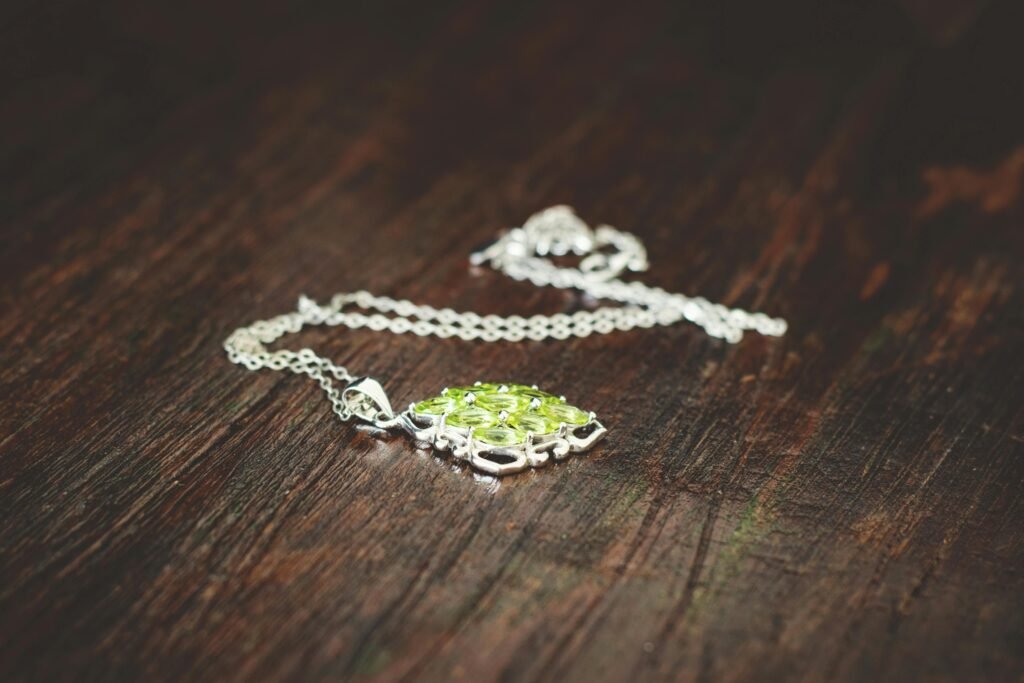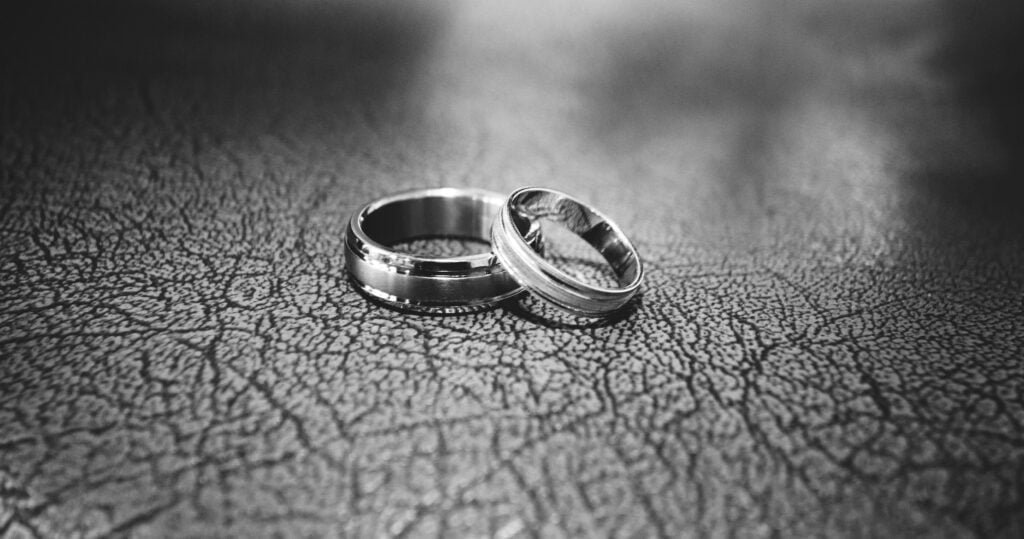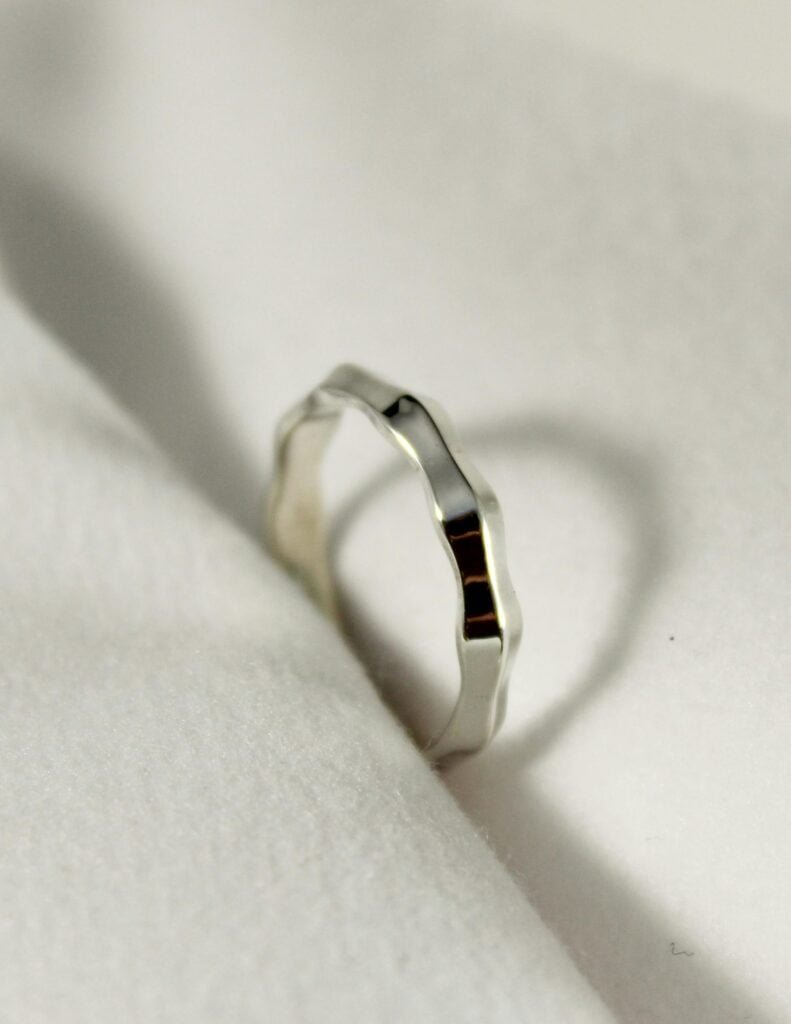In the realm of fine jewellery, the choice of precious metals holds the key to unlocking a world of beauty, durability, and timeless elegance. While there are nine recognised precious metals, we’ll delve into the five most commonly used in jewellry: gold, silver, platinum, palladium, and rhodium. Let’s embark on a journey to discover the unique properties, uses, and allure of these precious metals, illuminating the path to finding the perfect adornment for every style and occasion.

Gold reigns supreme as the quintessential precious metal, cherished for its radiant beauty and enduring value. In the United Kingdom, gold jewellery is typically categorised by carats, with 24-carat gold being the purest form. However, due to its softness, pure gold is often alloyed with other metals to increase its strength and durability. This results in various carat weights, such as 18-carat, 14-carat, and 9-carat gold, each offering a balance between purity and durability. Additionally, gold comes in different colours, including classic yellow gold, romantic rose gold, and sophisticated white gold.

Silver exudes a lustrous charm that captivates with its cool elegance and timeless appeal. As one of the most affordable precious metals in jewellery, silver is beloved for its versatility and affordability, making it a popular choice for both everyday wear and special occasions. While silver jewellery is renowned for its brilliant shine, it’s important to note that silver is prone to tarnishing over time. Regular cleaning and maintenance can help preserve its beauty for years to come.

Platinum stands as the pinnacle of luxury and sophistication, prized for its rare beauty and exceptional durability. Renowned for its purity and hypoallergenic properties, platinum is the perfect choice for those with sensitive skin. Its naturally white hue enhances the brilliance of diamonds and gemstones, making it a favoured metal for engagement and wedding rings. While platinum is one of the most durable precious metals, it may develop a natural patina over time, adding to its unique character and allure.
Palladium, a member of the platinum family of metals, emerges as a contemporary alternative celebrated for its sleek, silvery-white appearance and remarkable durability. As a close cousin to platinum, palladium shares many of its desirable properties, including hypoallergenic qualities and resistance to tarnishing. Notably, palladium is available in two different purities: 950 palladium, consisting of 95% palladium and 5% other metals, and 500 palladium, containing 50% palladium and 50% other metals. This versatility allows for a range of options to suit different preferences and budgets, making palladium an appealing choice for those seeking a modern and sophisticated metal for their jewellery pieces.
white hue enhances the brilliance of diamonds and gemstones, making it a favoured metal for engagement and wedding rings. While platinum is one of the most durable precious metals, it may develop a natural patina over time, adding to its unique character and allure.

Rhodium, although not typically used as a primary metal in jewellery, plays a crucial role in enhancing the appearance and durability of other precious metals, particularly white gold. Rhodium plating is commonly applied to white gold jewellery to achieve a bright, reflective surface that resembles platinum. This plating not only enhances the appearance of white gold but also provides an extra layer of protection against scratches and tarnishing.
Hallmarking is a process of certifying the purity and authenticity of precious metals used in jewelry. It involves stamping or laser-engraving a mark, or “hallmark,” onto the metal to indicate its composition and quality. In the United Kingdom, hallmarking is regulated by the Assay Office, which assigns specific symbols to denote the metal’s fineness, the maker’s mark, and the assay office where it was tested. For example, a hallmark of “750” indicates 18-carat gold, “925” signifies sterling silver, and “950” denotes platinum. These hallmarks serve as a guarantee of quality and provide consumers with confidence in the materials used to create their jewelry pieces.
Hallmarking, the process of certifying the purity and authenticity of precious metals used in jewelry, may not always be present in antique pieces due to various factors. Over time, hallmarking regulations and standards have evolved, and older jewelry may not meet modern requirements. Additionally, some antique pieces, crafted before hallmarking became mandatory, may have been produced by independent artisans or in regions where hallmarking was not enforced. Furthermore, the passage of time may have caused hallmarks to become worn or faded, making them difficult to discern. Despite the absence of a hallmark, the authenticity and quality of antique jewelry can often be inferred through other means, such as the style, craftsmanship, and provenance of the piece.
For a more in-depth guide to hallmarking, visit our ‘What is a hallmark?‘ article.
The choice of precious metals in jewellery is a deeply personal one, reflecting individual style, preferences, and values. Whether you’re drawn to the timeless allure of gold, the cool sophistication of platinum, or the contemporary charm of palladium, each precious metal offers its own unique beauty and appeal. So, whether you’re celebrating a milestone moment or simply treating yourself to a touch of luxury, let the gleam of precious metals illuminate your path to timeless elegance and enduring beauty.
If you are still in need of some assistance, please give us a call or send us a message, we would love to help!